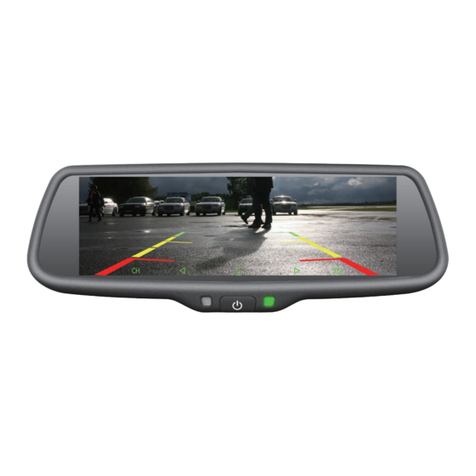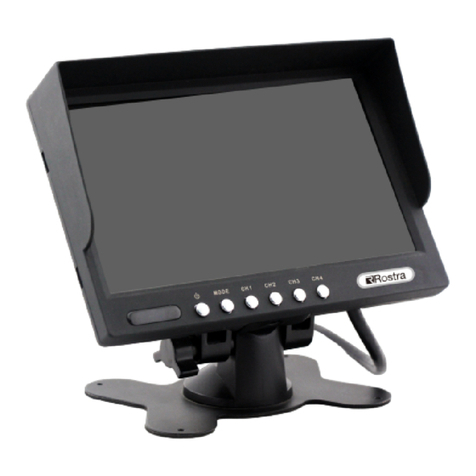
Technical Specications
12
Slow >20Mph / 30KpmStandard <20Mph / 30Kph
Operating Voltage (V) 9 - 36v
Operating Current (mA) <300mA @ 12V
Operating Temperature (°C) -40°C ~ 80°C
Storage Temperature (°C) -40°C ~ 85°C
Operating Frequency (GHz) 77GHz - 81GHz
Transmission Power (dBM) 39.79 dBm
Modulation Mode FMCW
Antenna Type 2TX, 4RX
FOV Angle (vertical) (°)30°
FOV Angle (horizontal) (°)150°
Angle Accuracy (
°)± 0.5°
Speed Measurement Range (Mph-km/h) -120km/h ~ +120km/h -30km/h ~ +30km/h
Speed Resolution (km/h) 0.94km/h 0.46km/h
Speed Accuracy (Mph - km/h) ± 0.47km/h ± 0.23km/h
Distance Resolution (m) 0.36m 0.04m
Distance Accuracy (m) ±0.18m ±0.02m
Angle Resolution (°)30°15°
Detection Distance (m) 12m 10m
8
For More Information contact Zorg at:
Australia / Asia / Europe -
www.zorgindustries.net
North America - www.zorg-na.com
All rights reserved Zorg Industries 9/2022
The 9001 Blind Spot system will run a self diagnostic test every time the vehicle
is started.
In a normal operational situation the LED Indicator will turn on and remain on for
two seconds, then turn off. This confirms proper operation.
If the LED Does not light at start up check the system fuse, if blown replace with a
2 amp fuse.
If trouble is detected the LED Indicator will flash when first turned on.
Five flashes indicates that there is a problem with the Radar Sensor or the
Wiring.
Fifteen flashes indicates there is a problem with the GPS Antenna
11 System Self-Test
-75Mph ~ + 75Mph -20Mph ~ + 20Mph
± 0.29 Mph ± 0.14 Mph





























